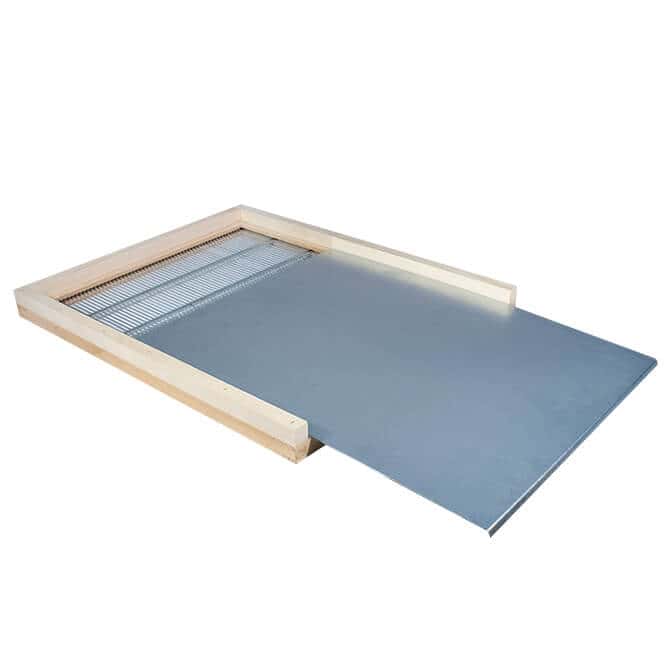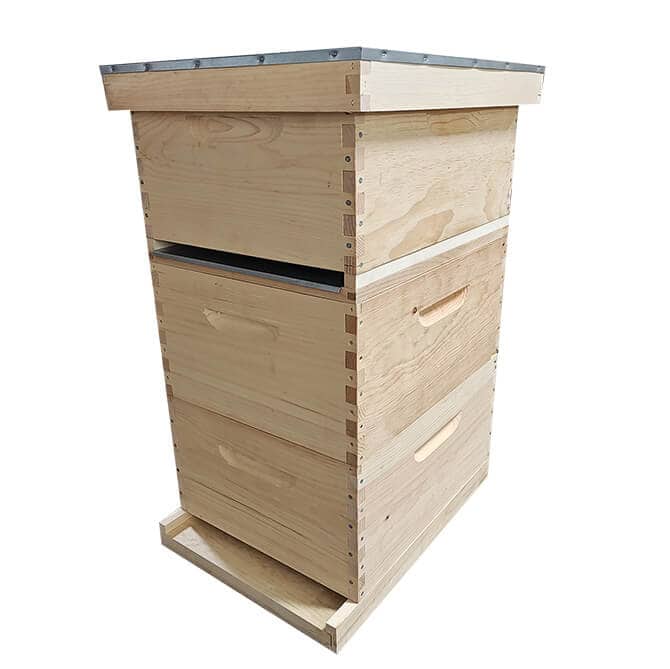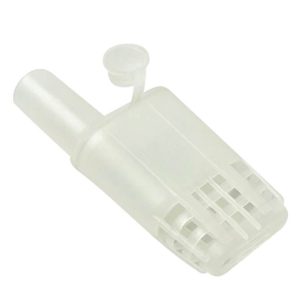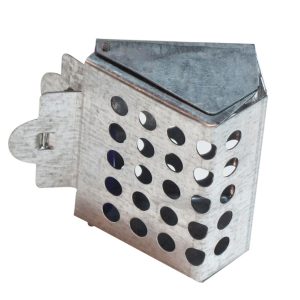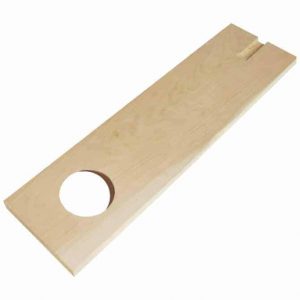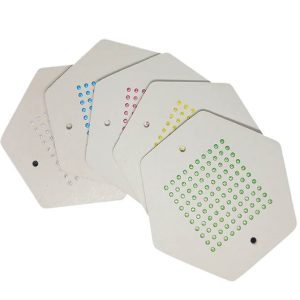Cloake Board for 10-Frame Langstroth Hives
$41.95
If you have a strong colony, you can use the Cloake Board to raise your own queens!
The Cloake Board, invented by Henry Cloake, is a handy tool for queen rearing that divides a colony into a lower queenright section and an upper queenless section where grafted larvae are readily developed into queen cells. The Cloake Board allows a single strong hive to be used as both a starter and finisher. The Cloake Board is sized for 10 frame hives and features both a steel queen excluder and a heavy gauge steel tray.
The Cloake Board approach to queen rearing is well suited to small-scale queen rearing as it only requires one queen-right hive instead of needing separate starter and finisher hives. Fewer resources are required, making it ideal for those new to queen-rearing.
The Cloake Board method is described extensively in various publications on queen rearing, which we highly recommend reviewing.
In brief, the process is as follows:
Step 1: A strong hive of at least two hive bodies, with ample bees, brood, honey, and pollen, is divided into lower and upper brood boxes by placing the Cloake Board in between. The queen must be located and confined to the lower box. The upper box should include frames of larvae to draw nurse bees to the upper box. During step 1, the solid tray is not present, so bees may move freely throughout the hive (except the queen). The Cloake Board’s entrance faces forward, and the hive’s lower entrance is flipped to the back side of the hive and closed, which forces all bees to use the new, upper entrance.
Step 2: Insert the metal tray to divide the hive into two. Re-open the lower entrance, allowing bees from the lower half to exit. Upon returning, they will enter the upper entrance, increasing the population of the upper queenless section. Leave the colony for 24 hours to allow the upper section to determine they are queenless and prepare to raise a queen.
Step 3: Install a grafting frame with grafted larvae into the upper brood box. Inspect the upper brood box for emergency queen cells, and remove any found. Now leave the hive for one to two days while the bees start building the queen cells. This upper section is your cell “starter” hive.
Step 4: Remove the metal tray, thereby uniting the upper and lower colonies into one queenright cell “finisher.” The combined hive will continue caring for the queen cells. When cells are finished, they can be removed to an incubator, installed into mating nucs, or protected with hatching cages.
Note:
- Dimensions: 19-7/8 x 16-¼ x 1-½”
- We recommend painting the exterior surfaces (with an exterior latex paint) before use.

